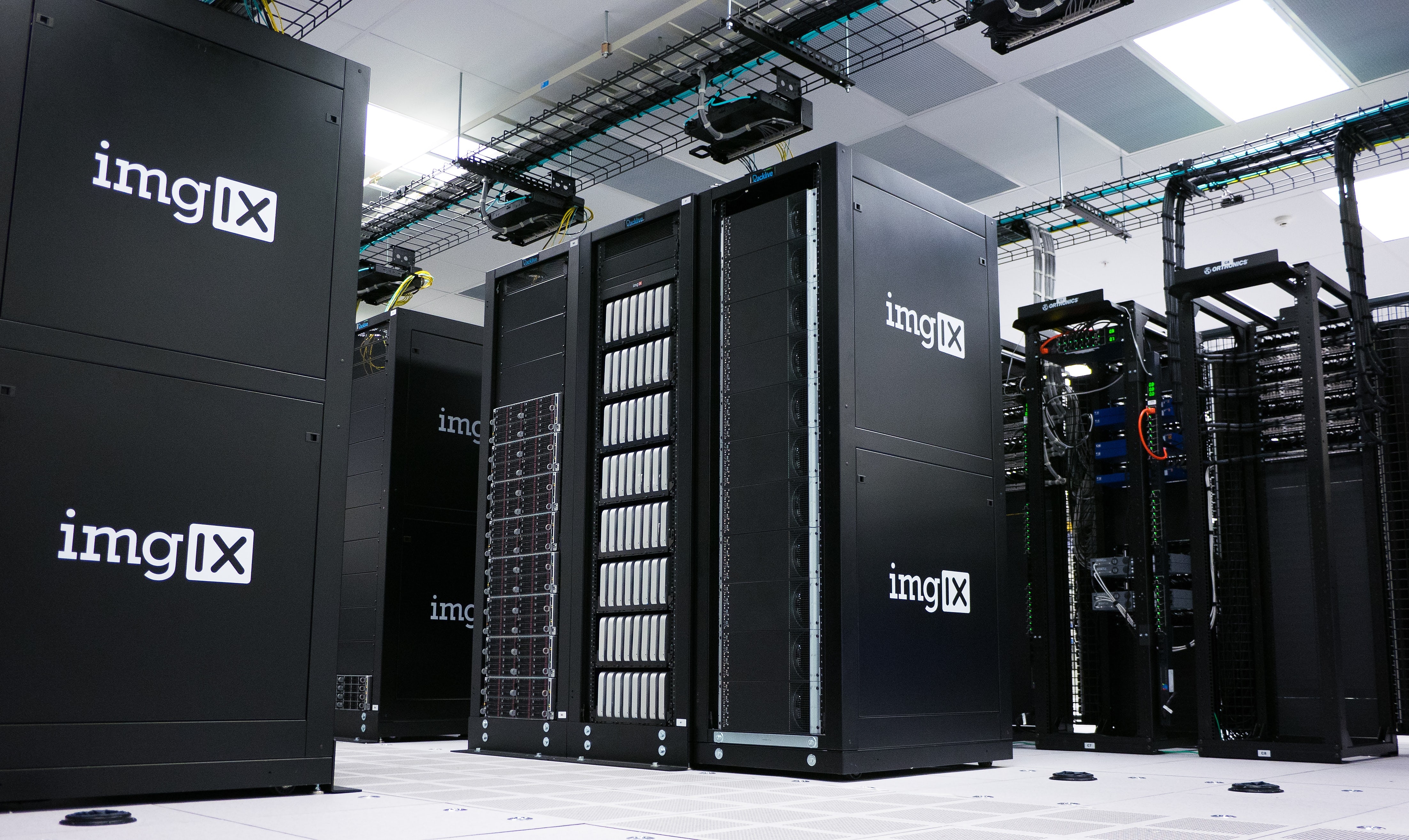

Today’s digital economy relies just as heavily on the mainframe as it did 50 years ago, with the majority of large enterprises continuing to use it to store the bulk of their core data. As a result, digital transactions driven by modern mobile, web, or cloud applications remain strongly reliant upon mainframe code to analyse and serve up critical data, such as customer or financial information. However, despite this continued importance, specialist mainframe developers are quickly reaching retirement age, and fewer universities are teaching the skill-sets needed to carry the torch into its future. As the resultant skills shortage escalates, many companies are also under pressure to innovate faster, to keep up with customer demands and avoid falling behind the competition.
Avoiding a perilous journey
Organisations now face the unenviable challenge of maintaining these critical systems with a dwindling pool of resources, whilst simultaneously accelerating digital innovation. In light of this, some mistakenly believe the only solution is to rip and rewrite their mainframe applications onto a different platform. However, this is a costly and risky endeavour that delivers little to no customer benefit and often ends in failure.
Instead, the simplest solution is to modernise on-platform; increasing the agility of the mainframe and enabling even new-to-the-mainframe developers to update its applications quickly and safely. This will give rise to a new generation of polyglot programmers, who are able to work interchangeably on IT projects regardless of the programming language. However, to deliver this successfully, organisations need to revamp the three key tenets of the mainframe environment – namely its culture, tools and processes.
Creating an agile culture
Traditionally, mainframe specialists have worked independently from other programmers, using the waterfall development model – which has put them at odds with the continuous delivery methods favoured by those working on distributed applications. It’s also led to the air of mystery surrounding the mainframe for less experienced developers and prevented the expertise of its veteran workers from being passed on to the next generation. Rather than allowing these two groups to continue working towards diverse goals in disparate siloes, IT leaders need to create a new culture of multi-platform continuous delivery – unifying development teams and their workflows to bring the mainframe into the fold of mainstream IT.
The biggest obstacle preventing organisations from doing so is the mistaken belief that the mainframe can’t be agile, but this simply isn’t true. Moreover, since modern applications draw data from a multitude of systems, mainframe developers need to be just as agile as those working on other platforms to ensure the full-stack is integrated seamlessly. As such, IT leaders must work to dispel the myths surrounding the mainframe and encourage their teams to collaborate more closely and share best practices. In doing so, they’ll be better aligned to deliver services at the speed necessary to meet the needs of the business.
Revamping the toolbox
If the mainframe is to become part of mainstream IT, programmers need access to a standardised set of tools across the entire IT stack, rather than relying on outdated interfaces for specialist developers. Modernising the toolset in this way will alleviate the skills shortage, by enabling all programmers to work on the mainframe using familiar tools and moving away from the dreaded green screens often associated with them. This will empower developers to switch seamlessly between tasks, regardless of platform they’re working on.
As new technologies and delivery models, such as cloud computing continue to be layered upon the mainframe, they are also being used to modernise the toolsets available to its developers even further. For example, enabling mainframe programming tools to be consumed through the cloud means they can be instantly rolled out to large development teams across a range of geographical locations. This not only improves the speed of installation, but by providing a virtual development environment in the cloud, both experts and non-mainframe specialists can work remotely, with more intuitive interfaces in a web browser.
Automating Processes
The dwindling pool of mainframe specialists means that workloads often spend a long time being queued-up waiting for the required programmers to become available to move them on to the next stage. This results in a lot of wasted time and lost productivity in the development lifecycle, which could be reduced significantly by introducing more automation of routine, repeatable tasks, such as QA and testing. Removing the need for developers to manually conduct these routine tasks not only eases the skills shortage, but also further accelerates mainframe development and increases digital agility. However not all tasks, such as creating new code, can be automated – there will always be a need for human intervention and a human workforce.
Ultimately, it’s little use modernising one of piece of the puzzle independently; to align the mainframe development culture to that of other systems, programmers must have access to similar tools and processes that support agile delivery and automation. However, if companies modernise culture, tools and processes simultaneously, they can futureproof the mainframe and remove their dependency on a dwindling workforce of specialists. Through the agile cross-platform delivery that ensues, they can innovate faster, by creating new generations of digital services that can interact seamlessly with the mainframe, enabling today’s organisations to keep up with escalating business and market demands.
IBM Unveils “Skinny” New Mainframes
CIOs Facing “Do or Die” Mainframe Moment






